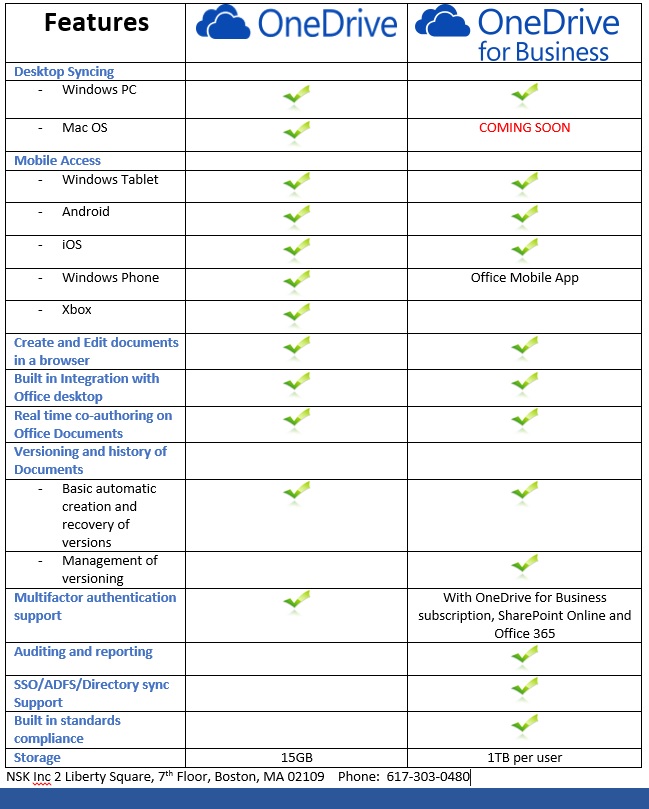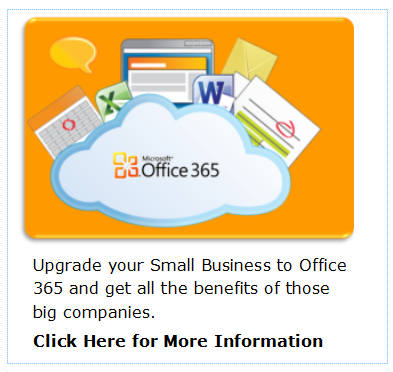 What was once known as SkyDrive by Microsoft is now called OneDrive. However, the different name is not the only new feature introduced, and thanks to a few tricks and mobile apps, OneDrive is an efficient and updated version of its predecessor. Microsoft's online backup and syncing service is the most flexible and all-encompassing of its class, with syncing and access apps not only for PCs, but also for Macs, Androids, iOS, and Windows Phones. By comparison, Apple's competing iCloud is only available for Apple devices.
What was once known as SkyDrive by Microsoft is now called OneDrive. However, the different name is not the only new feature introduced, and thanks to a few tricks and mobile apps, OneDrive is an efficient and updated version of its predecessor. Microsoft's online backup and syncing service is the most flexible and all-encompassing of its class, with syncing and access apps not only for PCs, but also for Macs, Androids, iOS, and Windows Phones. By comparison, Apple's competing iCloud is only available for Apple devices.
Microsoft Office 365 OneDrive is a free online storage that you can get with either a Microsoft Office 365 account or Outlook.com, and that you can choose to use at home, work, or school. The files are secured and virtually stored in the famous “cloud”, and immediately available from any device by going to the OneDrive website or using the OneDrive mobile app for your phone. “One place for everything in your life” is the message that the user will see on the OneDrive homepage; it’s clear by the tag line that OneDrive is intended for personal use. OneDrive can be utilized to store and share photos, Microsoft Office documents with friends, and even collaborate on content. As a personal online storage service, OneDrive is easily comparable to one you may already know, Dropbox.
So far, things seem to be quite simple. However, everything becomes more complicated when OneDrive for Business comes into play. Based on the name, most of us would assume that OneDrive for Business is simply an updated version of OneDrive with some extra features that are meant to help businesses get the job done. However, this is not the case. To be fair, OneDrive for Business has nothing to do with OneDrive in terms of what it really is.
 In fact, OneDrive for Business is a library that is managed by your organization, and it is meant
In fact, OneDrive for Business is a library that is managed by your organization, and it is meant
for storing and organizing all your work documents. As an integral part of Office 365 or SharePoint Server 2013, OneDrive for Business lets you work within the context of your organization, with features such as direct access to your organization’s address book. OneDrive for Business can work using Office 365; if that is the case, you get 1 TB of space in the cloud for OneDrive for Business. However, if OneDrive for Business library is hosted on a SharePoint server in your organization, your organization’s administrators determine how much storage space is available.
All files that you store in OneDrive for Business are private until you decide to share them. For example, you can easily share a file with everyone in your organization by placing it in the “Shared with everyone” folder. You can also share files with specified co-workers so you can collaborate on projects. If you’re signed-in to Office 365, you may even be able to share with partners outside of your organization, depending on what your company allows.
Both OneDrive and OneDrive for Business allow users to work on documents at the same time. However, OneDrive for Business definitely allows for more flexibility in what we can do simply because the platform behind it is SharePoint, which is today considered today as a mature collaboration platform for millions of organizations worldwide.
SharePoint also delivers the powerful features of Microsoft’s original SharePoint without the associated overhead of managing the infrastructure on your own. You can set it up in virtually no time. The admin console allows your organization to easily manage capabilities, policies and security for all the content and features within SharePoint. Microsoft’s automated maintenance of the servers ensures that you are always up to date with the latest features with minimal downtime. You can purchase SharePoint in the cloud as a standalone offering or as part of the Office 365 suite. In the next article, SharePoint will be analyzed in great detail.
Here is a comparison chart the might help to have a better understanding of the differences between OneDrive and OneDrive for Business.

I could not have written this article without the help of the following sources:
- http://www.pcmag.com/article2/0,2817,2409569,00.asp
- http://windows.microsoft.com/en-us/onedrive/onedrive-for-business
- http://windows.microsoft.com/en-us/onedrive/onedrive-help#onedrive=other
- http://en.share-gate.com/blog/onedrive-for-business-vs-onedrive-know-the-difference
- https://support.office.com/en-US/Article/What-is-OneDrive-for-Business--187f90af-056f-47c0-9656-cc0ddca7fdc2?ui=en-US&rs=en-US&ad=US

